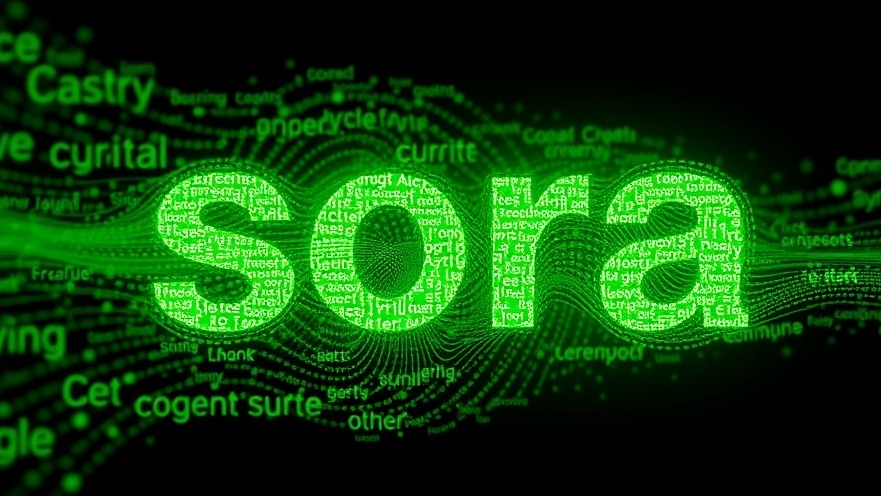
OpenAI's Ambitious Leap: Integrating Sora into ChatGPT
OpenAI, a frontrunner in artificial intelligence, recently announced plans to integrate its text-to-video AI model, Sora, into ChatGPT. This integration promises to revolutionize user interaction with the chatbot by allowing users to request video content generated directly from their text inputs. While details remain scarce, Rohan Sahai, the product lead for Sora, hinted at the exciting prospects during a live session on OpenAI’s Discord channel.
The Video Generation Landscape
Launched in December 2024, Sora has quickly made waves in the AI community, enabling users to create videos lasting up to 20 seconds based on text prompts. Currently, it operates as a standalone platform available through Sora.com, where users can generate captivating visual tales for a monthly fee. Although Sahai did not clarify a timeline for the ChatGPT integration, the potential for this feature is considerable, especially considering the competitive landscape where other tech corporations are ramping up their AI capabilities.
What This Means for Users
Integrating video generation into ChatGPT may significantly enhance user engagement. Instead of merely responding with text, users can visualize their conversations, thus broadening their interaction with the platform. This development could attract a broader audience, prompting many users to consider subscription options—further bolstering OpenAI's market position.
The Broader Implications of Sora
Sora’s video generation capabilities extend far beyond simple footage; the model demonstrates a remarkable understanding of language, allowing it to generate complex scenes featuring intricate details. Users have already reported creating everything from exhilarating cinematic experiences to serene landscapes, all dictated by text prompts. As explored in a recent technical report from OpenAI, Sora utilizes innovative diffusion modeling techniques to transform static prompts into lively videos. Such technology aims to bridge theoretical AI understanding with practical application, contributing to the aim of achieving artificial general intelligence (AGI).
Next Steps: Enhancements and Features
Looking ahead, Sahai also indicated that the Sora team is actively working on several upgrades. These include a dedicated mobile app and improvements to the model's core capabilities, dubbed 'Sora Turbo'. A focus on collaborative elements is clear, as OpenAI plans to involve visual artists and filmmakers in the development process to refine the tool and make it as useful as possible for creative professionals.
Challenges Ahead
Despite its ambitious goals, Sora is not without hurdles. The AI occasionally encounters difficulties in accurately simulating complex sequences, which can lead to humorous or unexpected video outputs. For example, the model may struggle to depict cause and effect, causing incoherent scene transitions or unexpected appearances of characters. OpenAI acknowledges these limitations and is working to enhance the technology’s performance through rigorous testing and feedback from users.
Conclusion: The Future of AI Interaction
The integration of Sora into ChatGPT represents a significant step forward for both OpenAI and the broader AI landscape. By allowing users to generate video content from text, OpenAI not only enhances user interaction but also sets a new standard for chatbot functionalities. As these technologies evolve, they unlock incredible possibilities for creativity and engagement in the digital realm. Keep an eye on these developments, as they signal a shift towards a more interactive and immersive AI experience.
 Add Row
Add Row  Add
Add 




 Add Row
Add Row  Add
Add 

Write A Comment